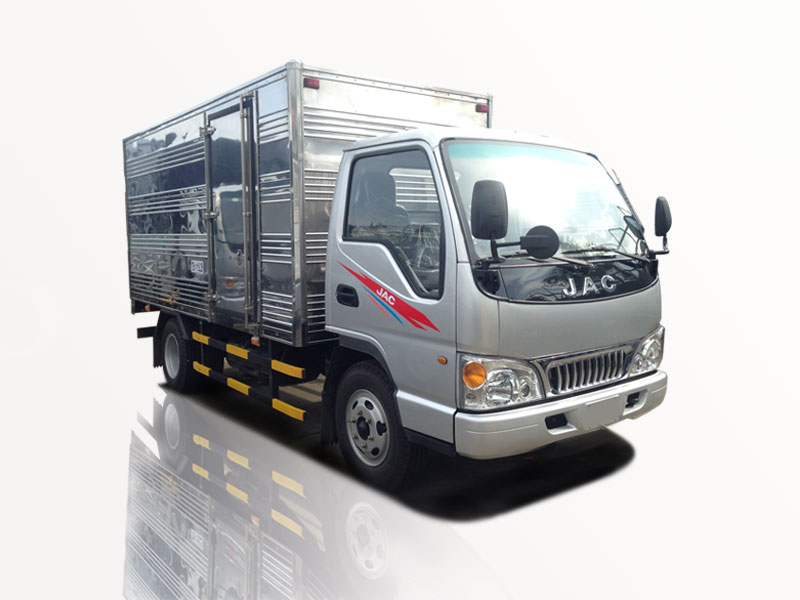Understanding the dimensions of a trash truck is crucial for many reasons, from city planning to waste management logistics. In this article, we will explore various aspects of trash trucks, their sizes, and the implications for communities and businesses.
1. Introduction to Trash Trucks
Trash trucks, or waste collection vehicles, are specialized vehicles designed to transport waste from homes and businesses to landfills or recycling centers. Their size can vary significantly based on the model and the specific requirements of waste management services.
2. Standard Dimensions of Trash Trucks
2.1 Types of Trash Trucks
Trash trucks come in various shapes and sizes, which can influence their length. Below are the most common types:
- Front-loaders: Primarily used for commercial waste collection. Length typically ranges from 20 to 30 feet.
- Rear-loaders: Common for residential waste collection. Usually around 20 to 25 feet long.
- Side-loaders: Designed for automated collection systems. Length typically varies from 22 to 28 feet.
- Roll-off trucks: Designed to transport containers for construction or large items. They range from 20 to 40 feet long, depending on the container size.
2.2 Average Length of a Trash Truck
The average length of a trash truck is about 25 feet, but this can vary based on the type and design. A table outlining different trash truck types and their average lengths is below:
| Truck Type | Average Length (feet) |
|---|---|
| Front-loader | 20 – 30 |
| Rear-loader | 20 – 25 |
| Side-loader | 22 – 28 |
| Roll-off truck | 20 – 40 |
3. Factors Influencing Trash Truck Size
3.1 Capacity Requirements
The capacity required will dictate the size of the trash truck. Larger residential areas may require bigger trucks or additional trips to efficiently manage waste. Conversely, smaller trucks may suffice in low-density neighborhoods.
3.2 Urban vs. Rural Settings
Urban environments typically have more restrictions concerning truck size due to narrow streets and increased traffic. In contrast, rural areas can accommodate larger trash trucks, leading to differences in design and length.
3.3 Waste Type and Collection Frequency
The type of waste being collected (commercial vs. residential) and the frequency of collection can influence truck size. Commercial routes might use larger trucks to handle bulk waste, while residential routes may require smaller, more maneuverable vehicles.
4. Practical Examples
4.1 City Planning Considerations
Cities must consider the dimensions of trash trucks in their planning processes. For instance, narrow streets may necessitate the use of smaller, more compact trash trucks to facilitate efficient waste collection.
4.2 Business Impact
Businesses need to be aware of trash truck dimensions for several reasons, including scheduling to avoid blockages during pickup times and ensuring there’s adequate space for trucks to navigate safely.
5. Choosing the Right Trash Truck for Your Community
5.1 Assessing Waste Management Needs
A thorough assessment of residential versus commercial waste production is essential when determining which type of trash truck will best serve your community’s needs.
5.2 Collaboration with Waste Management Services
Cities should collaborate with waste management companies to choose trucks that meet specific length, capacity, and maneuverability requirements.
6. Environmental Considerations
6.1 Fuel Efficiency and Emissions
Modern trash trucks are designed with fuel efficiency in mind. The size of the truck can impact its environmental footprint. More massive trucks may carry more waste per trip but require more fuel to operate.
6.2 Adoption of Electric and Hybrid Trash Trucks
Some cities have started to integrate electric or hybrid trash trucks to minimize emissions and noise pollution. Their dimensions often resemble traditional diesel models but can vary based on battery technology.
7. Safety and Regulations
7.1 Road Safety Regulations
Trash truck sizes must comply with local and state road safety regulations. These regulations may dictate weight limits, which can affect how many trucks are required to service an area efficiently.
7.2 Worker Safety
Worker safety is paramount when it comes to trash collection. Understanding the dimensions of trucks, including maneuverability and blind spots, can help improve safety measures during collection.
8. Advancements in Trash Truck Technology
8.1 Automation and Their Dimensions
The rise of automated trash collection efforts is resulting in design changes. Automated side-loading trucks, for example, are built to be more compact while still managing large volumes of waste.
8.2 GPS and Tracking Systems
Modern trash trucks are now often equipped with GPS technology for route optimization, which can help determine the most efficient sizes and types of vehicles needed in a given urban or rural setting.
9. Future Trends in Trash Truck Design
9.1 Sustainable Materials
The push towards sustainability is affecting how trash trucks are constructed. Lightweight materials can result in smaller, more efficient vehicles.
9.2 Smart Trash Trucks
Emerging technologies may lead to “smart” trash trucks equipped with sensors to detect when a dumpster is full or if there are obstacles on a collection route, impacting their design and functionality.
10. Frequently Asked Questions
10.1 How long is the average trash truck?
The average trash truck is around 25 feet long, though this can vary based on the type of truck.
10.2 Why do trash trucks come in different sizes?
Different sizes are needed for varying waste volumes, types, and collection frequencies, as well as urban versus rural settings.
10.3 What types of vehicles are used for commercial waste collection?
Front-loaders and roll-off trucks are common for commercial waste collection due to their larger capacity.
10.4 How do truck dimensions affect waste collection efficiency?
Truck dimensions influence maneuverability in tight spaces and the number of stops needed to empty bins, directly impacting operational efficiency.
10.5 Are there regulations on the size of trash trucks?
Yes, regulations vary by location and can dictate both the overall length and weight of trash trucks to ensure road safety.
10.6 What should communities consider when planning waste management?
Communities should assess their waste generation, available space for vehicle maneuvering, and environmental impacts when planning their waste management strategies.





